As the days get shorter and the weather gets icy, it can be tempting to skip those outdoor workouts and opt for the indoor gym. Rain, snow and frigid temperatures can make the treadmill (or even the couch!) seem much more enticing than facing the elements.
However, the benefits of winter workouts make braving the cold totally worth it. From increased endurance to fighting those seasonal blues, taking your activity outdoors is an awesome challenge for serious athletes.
The key to working out in winter is being prepared. With the right gear and mindset, you’ll be ready to run no matter the weather. So, pull on your active socks, layer up with a jacket, and get ready to work out hard this winter!
Why Winter Workouts are Amazing for Your Body
While hitting the gym is a great healthy habit, there are some benefits that can only come from working out outdoors. Even a few sessions outside each week will help you ride out the winter feeling fit, strong and energized. As you’re working out in winter, here are some reasons to take your session outside:
Build Endurance
While it may feel harder to get going, working out in the cold can actually increase your athletic performance.
The cold can help regulate your body temperature and ease the strain on your cardiovascular system, meaning you can go further and push harder. Plus, staying active on uneven outdoor terrain such as grass, snow and ice can help strengthen your stabilizing muscles that don’t get worked in the gym.
Burn Extra Calories
As your body has to work hard to keep your core body temperature up, it burns more calories. Your body turns white fat into brown fat, the “good” fat that your body then burns to create heat. Even if weight loss isn’t your goal, working out outdoors can help offset the generally more sedentary lifestyle that comes with the cold winter months.
Fight Seasonal Depression
Seasonal affective disorder (SAD) is a negative change in our mood and mental well being over the winter months. Vitamin D deficiency can worsen SAD symptoms, so working out outdoors can help you get as much sunlight as possible in the cold winter months.
And with the added release of endorphins, working out in the winter can reduce SAD symptoms by 50%!
To Make the Most of Winter Workouts, Grab the Right Gear
If you’re heading outdoors to exercise in the rain or snow, the right gear can make or break your workout. Being wet will make you cold much faster than even freezing outside temperatures will, meaning the trick to staying warm is keeping dry.
Kit yourself out in shoes, socks and technical fabrics that are made to withstand the elements to keep you warm, dry and comfortable.
Moisture-Wicking Socks
Nothing is worse than slogging through a winter workout with wet, sweaty feet!
The best active socks will keep your feet very warm, while moving the sweat away from your skin. Look for socks with a blend of merino wool and technical fibers that are able to wick moisture away and keep your feet warm and dry.
Winter-Ready Shoes
As you splash through puddles and crunch through the snow this winter, your regular running shoes may not quite cut it. Instead, opt for a pair of trainers that offers adequate insulation, waterproofing, traction, coverage and visibility this winter.
Layer Up With A Jacket
The right jacket for working out in winter will be both warm and lightweight, and be able to protect you from the elements of wind, rain and sleet. Look for technical garments in moisture-wicking fabric. Many also have vents that can be opened to keep you dry without overheating.
Prepare for the Cold With These Tips
Of course, working out in winter is about more than just dressing the part. Taking the time to properly prepare before each workout will help reduce your risk of injury and make this healthy habit more comfortable. Here are some ways to prep before you head outside:
Protect Your Skin
The cold, dry air and bitter wind can wreak havoc on your skin. Make sure to protect your skin by applying a thick, occlusive moisturizer. And don’t forget your sunscreen - just because it’s chilly doesn’t mean that you won’t burn!
Warm Up
Workouts in colder temperatures require a more thorough warm up to reduce the risk of injury. Prevent sprains and strains by taking your time with dynamic warm up movements and getting the blood pumping.
Breathe Right
The cold, dry winter air can make deep breathing uncomfortable. Try breathing through your nose to warm and humidify the air. If you find yourself huffing and puffing, a thin bandana or scarf wrapped around your mouth and nose can help keep the air you’re breathing moist.
Stay Hydrated
Hydration is important all year round, but your thirst may not feel as strong in the cold winter months. Make sure you drink plenty of water before, during and after exercise, and consider supplementing with electrolytes.
Keep Running Despite the Weather
With the right gear and preparation, you can seize the season and reap the benefits of working out in winter.
If you’re planning to run or hike in the cold, wind or snow this winter, FitSok will have you prepared from the feet up. We make socks that keep runners running, no matter the weather. With socks designed to keep you warm and dry while running, make FitSok your first step in
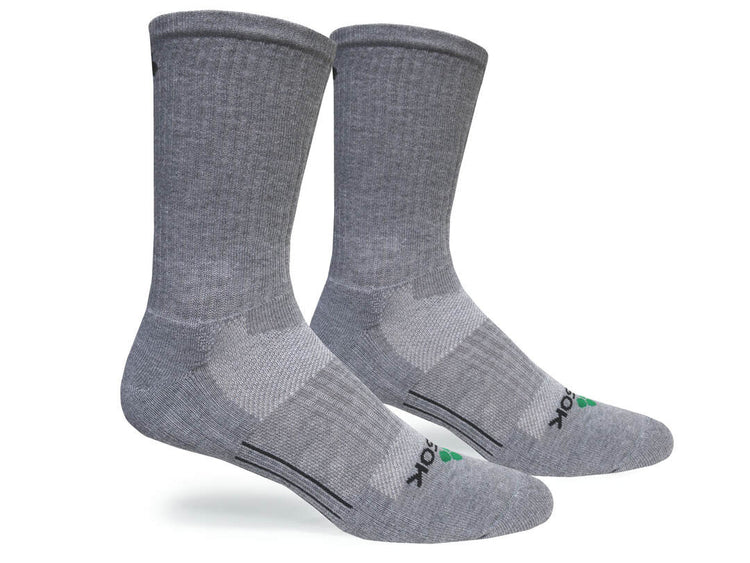
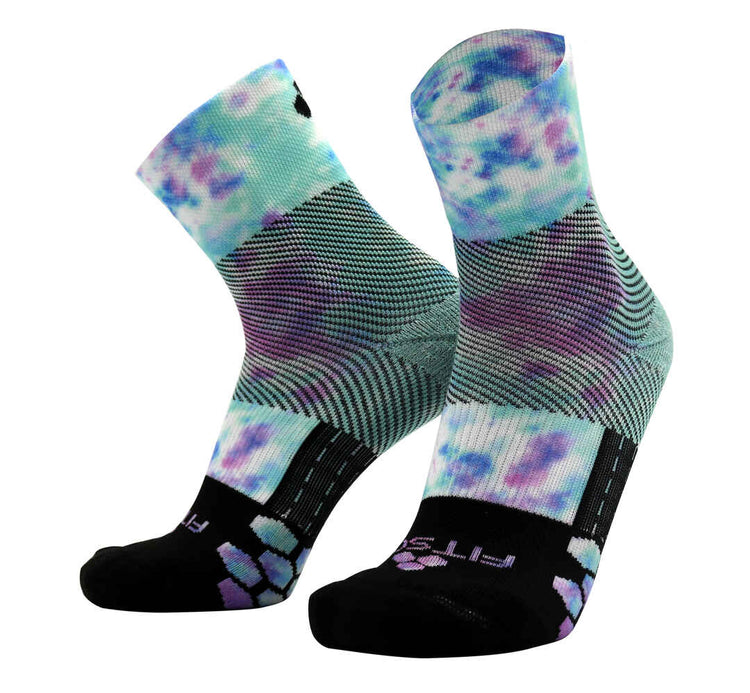
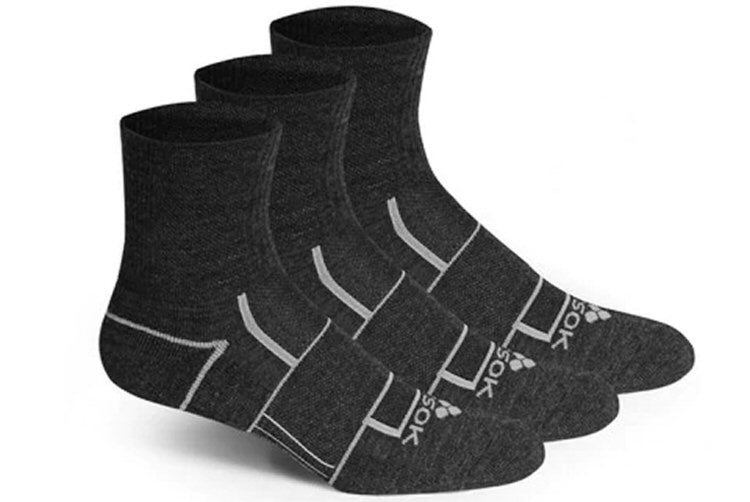
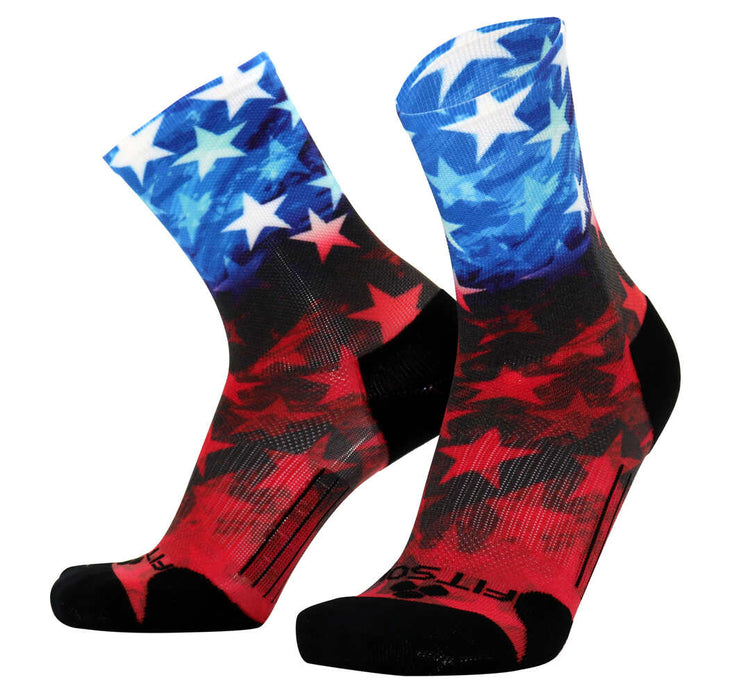
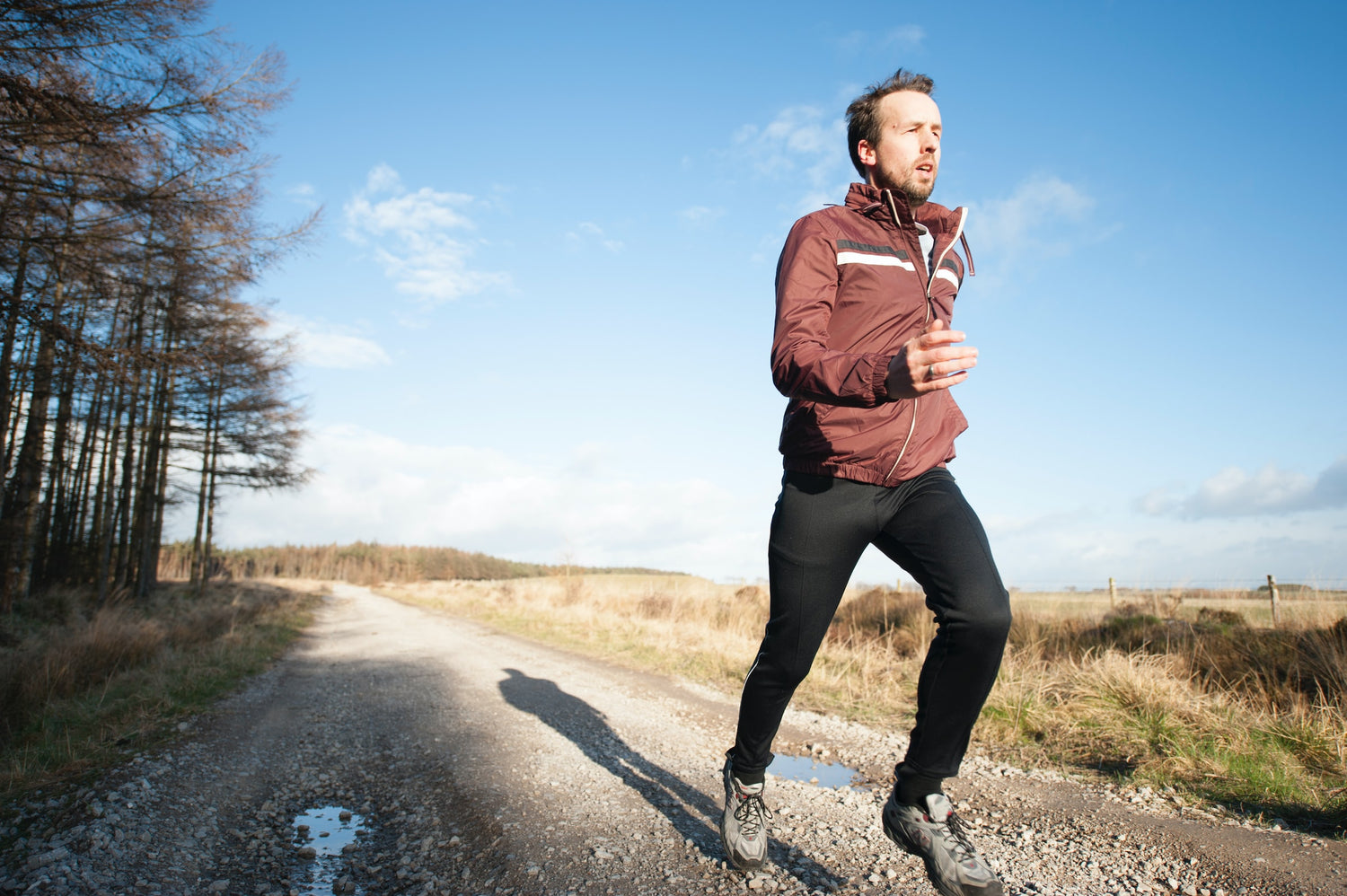
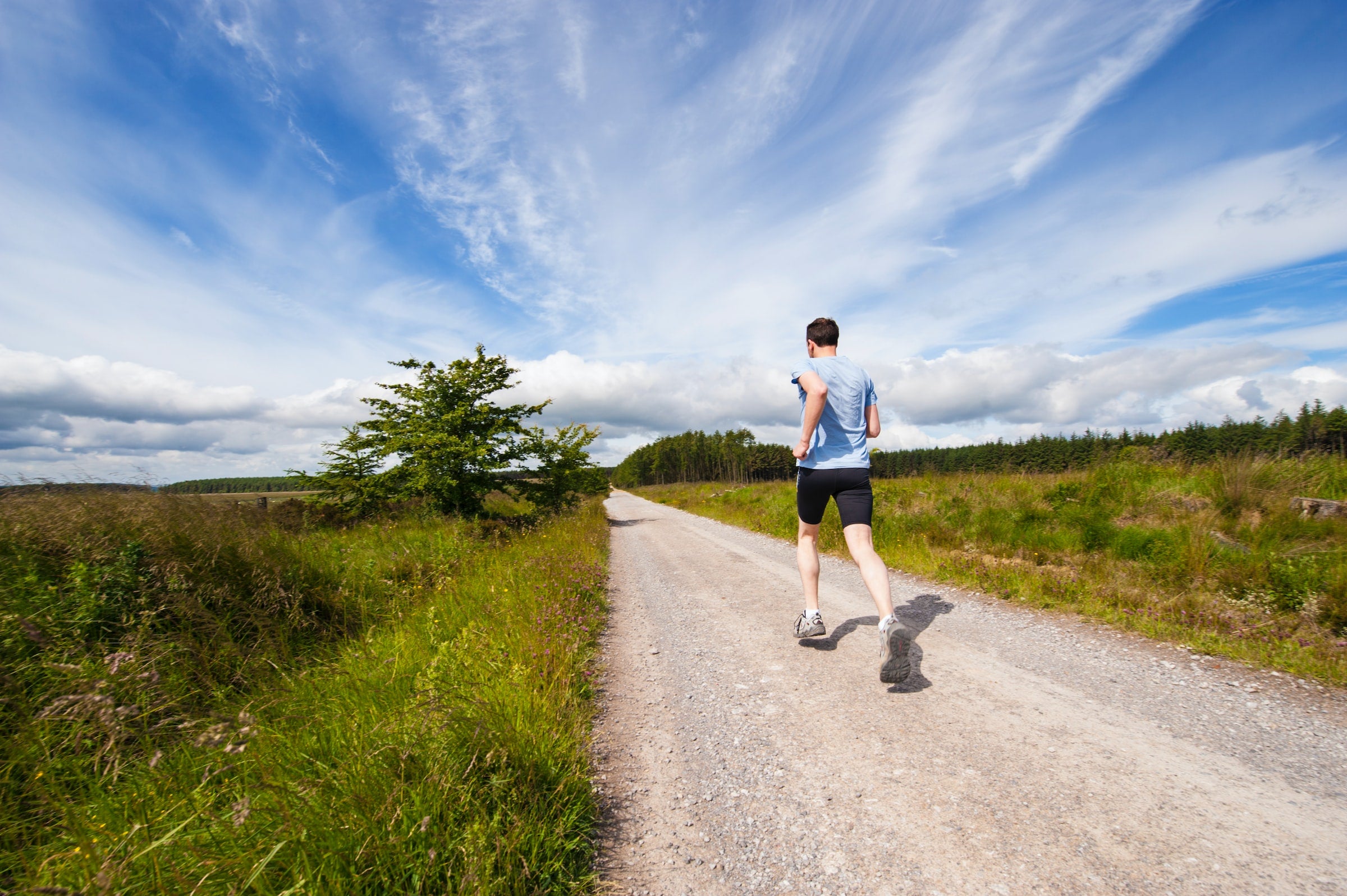

Leave a comment
This site is protected by hCaptcha and the hCaptcha Privacy Policy and Terms of Service apply.